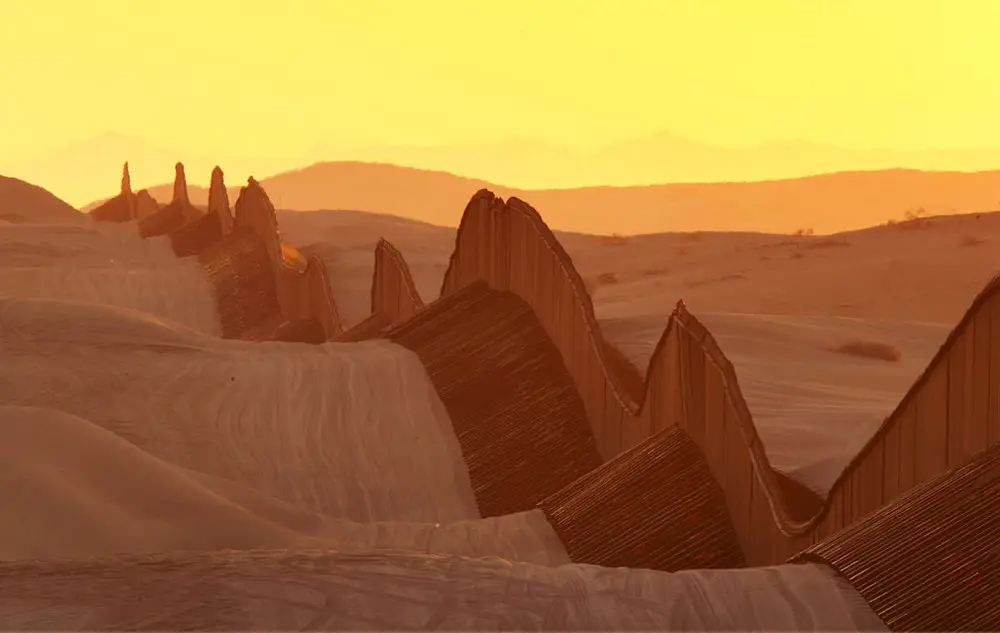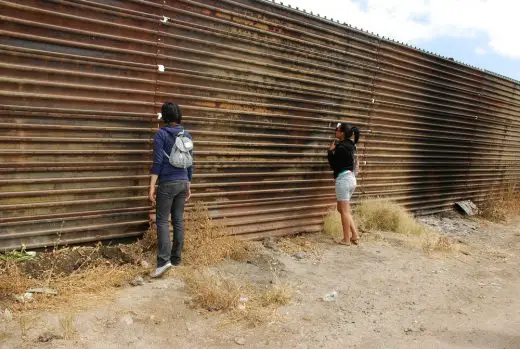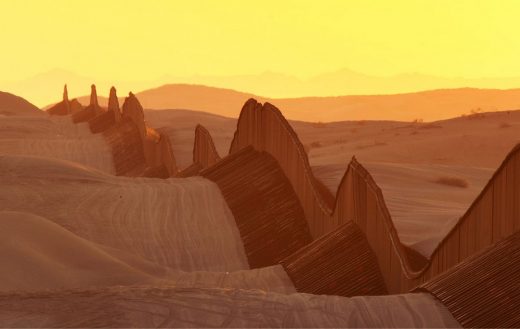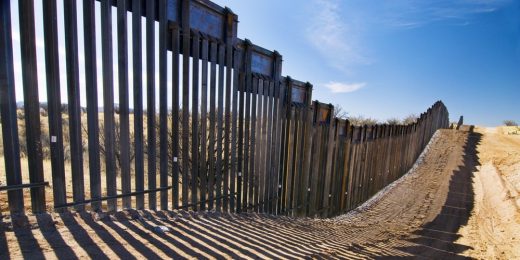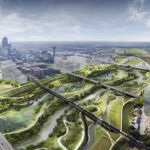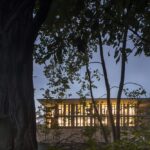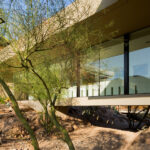US / Mexico Border Solutions, Donald Trump Wall, Mexican boundary fence, USA architecture images
US / Mexico Border Solutions
Build A Wall? Contemporary Architectural Solutions for Southern Frontier of the United States of America
Nov 30, 2016
Design: Twelve students at UT Austin in parallel with two classes at Universidad Autonoma Nuevo Leon in Monterrey, Mexico
US / Mexico Border Solutions
ARCHITECTURE STUDENTS PROPOSE NEW SOLUTIONS FOR U.S./MEXICO BORDER
AUSTIN, Texas—Since the start of the current presidential campaign, immigration has been a central issue. President-elect Donald Trump’s proposal of building a wall between Mexico and the United States, and his call to deport undocumented immigrants, has turned the country’s attention to the complex issues surrounding our southern border.
USA / Mexico Border Solutions
Borders can be thought of as geographic entities, political boundaries, or other spatial limits. The consequences of borders can be explored through many lenses. They not only define physical barriers, but also have psychological and environmental impacts.
An analysis of the current border system makes plain that there are three major industries that lead border discourses, and to a large extent, the entire border landscape.
First is the globalization industry, which moves $500 Billion in goods between US and Mexico every year, and whose goal is to have a border that facilitates this ongoing exchange.
The second is the labor industry, which employees millions of Hispanic workers in the US (legally or not)and is interested a border that is not tightly closed, but also not completely open, either. (Scholars point out that having the border in a “semi-closed” state stokes workers’ concerns about deportation and, therefore, they are more willing to do anything for a job1.)
The third is the military industry, which keeps the border system dysfunctional so that both governments can justify spending billions in equipment, personnel, and infrastructure for militarized control2. Together, these industries are responsible for a seemingly unreasonable amount of oversight (some even say harassment) of millions of people who need or want to cross the border for their daily lives, yet they have not been successful controlling the flow of drugs northbound or weapons southbound.
Architecture, with its power to articulate visions of a better future, has a responsibility to weigh in on such issues and be part of their solution. Fernando Lara, associate professor at the University of Texas at Austin School of Architecture and a specialist in Latin America, enlisted the help of his students to think through the issue of immigration. He tasked them with devising design solutions for a border between Mexico and the U.S. that were safe, sustainable, and equitable.
The studio had one basic premise: Imagine a U.S./Mexico border in which people are allowed to move freely, but one in which travelers and their possessions are closely inspected in order to maintain security. Lara’s students spent several weeks considering this directive and developed designs aimed at addressing the three main industries described above to move towards a more humane and functional border. The thirteen students in the UT Austin studio are working in parallel to two classes at Universidad Autonoma Nuevo Leon in Monterrey, Mexico.
Projects currently under development include:
• A high-speed rail connection that stitch the border together from Tijuana/San Diego to Matamoros/Brownsville
• A pedestrian bridge with full airport-like security for people and cars between Laredo and Nuevo Laredo
• A full integration of two small cities with the checkpoints in the outer perimeter
• A binational campus for environmental education
• A sequence of catwalks and observation towers that allow for the appropriation of Border Field State Park at the mouth of the Tijuana river.
1 Rodríguez, Néstor. “The battle for the border: notes on autonomous migration, transnational communities, and the state.” Social justice 23.3 (65 (1996): 21-37.
2 Dunn, Timothy J. Militarization of the United States-Mexico Border, 1978-1992. University of Texas Press, 1996.
The images below represent a small selection of the projects that will be presented in early December for a final review bringing together faculty from US and Mexico. You can see more at our facebook page: http://www.facebook.com/borderwithoutwall/
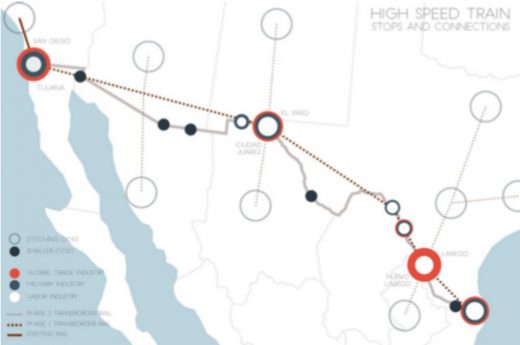
Rail connecting the Pacific Coast to the Gulf of Mexico along the border
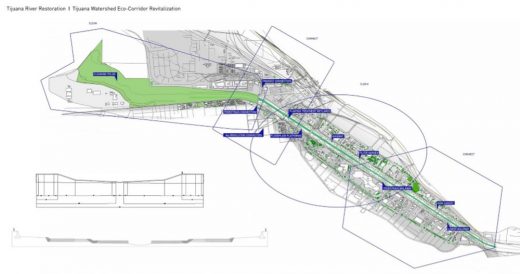
Binational park on the Tijuana river
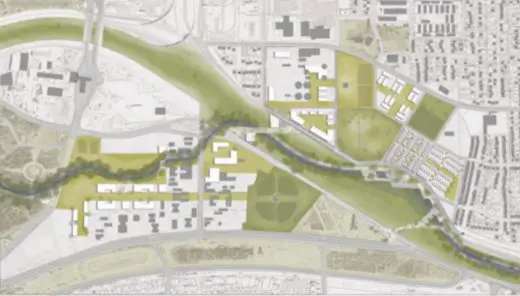
Plans for a campus for environmental education in El Paso / Ciudad Juarez
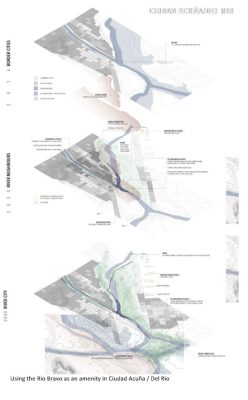
Using the Rio Bravo as an amenity in Ciudad Acuña / Del Rio
US / Mexico Border Solutions information / images received 291116 from University of Texas at Austin School of Architecture
Location: TX, USA / Mexico
Architecture in Mexico
Mexican Architecture Designs chronological list
Architecture in Southern USA
Observation Tower, Austin, Texas
Design: Miró Rivera Architects
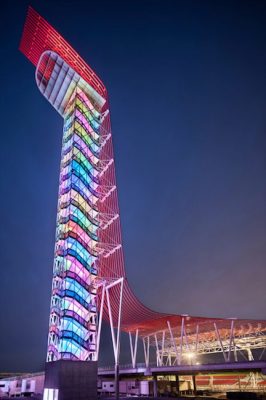
photo : Paul Finkel | Piston Design
Observation Tower Austin
Look + See Vision Care in Austin
Design: Matt Fajkus Architecture
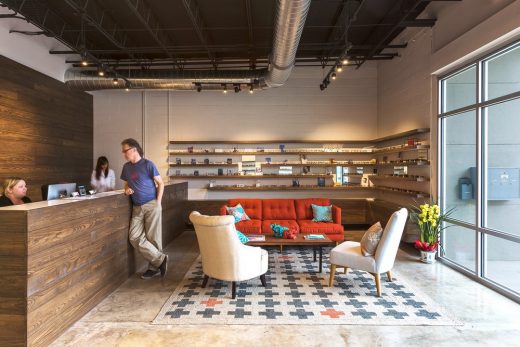
photograph : Leonid Furmansky
Annie Residence in Austin
Design: Bercy Chen Studio, Architects
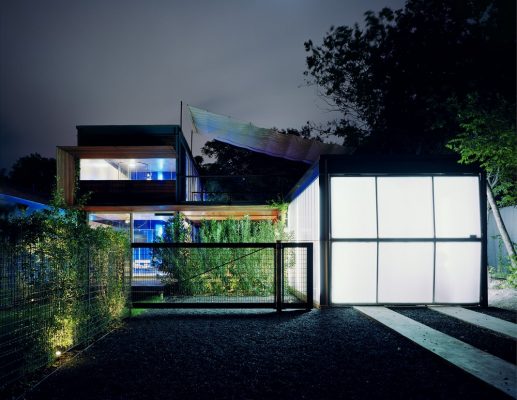
photo from architects
Carved Cube House in Austin
Design: Bercy Chen Studio, Architects
Main Stay House in Austin
Design: Matt Fajkus Architecture
Palma Plaza House in Austin
Design: Hugh Jefferson Randolph Architects
Tree House in Austin
Design: Matt Fajkus Architecture
Texas Exes Alumni Center Austin Building
Design: Miró Rivera Architects
American Architecture Design – chronological list
Mexican Architecture Developments
Winspear Opera House, Dallas
Design: Foster + Partners, architects
Texan Opera House
Comments / photos for the US / Mexico Border Solutions Architecture page welcome.

